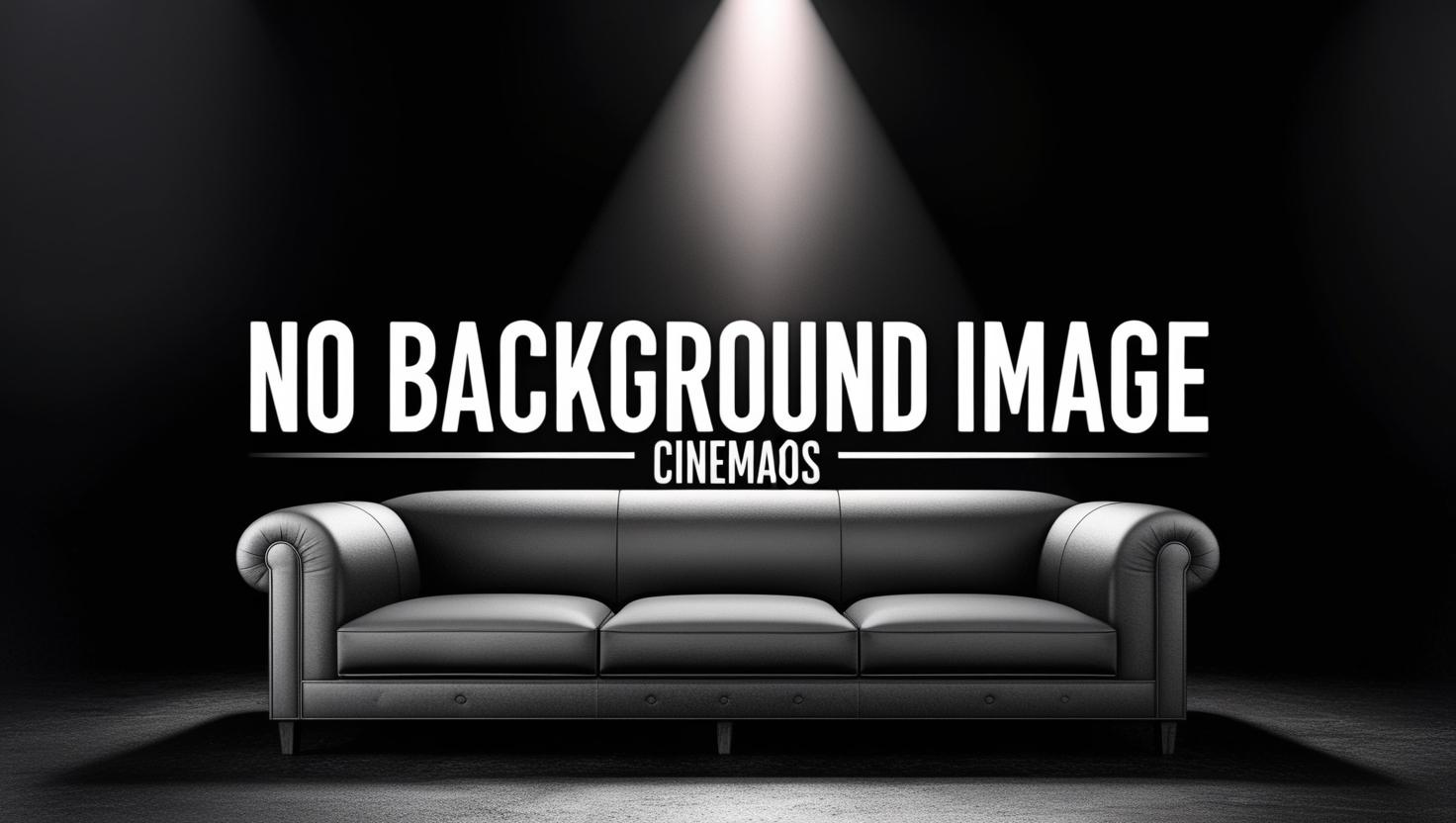
The Colours of Pride
Watch Movie
Share
Cast & Crew
5 members
Acting
Tom Hill
Self
No Image
Acting
Norval Morrisseau
Self
No Image
Acting
Allen Sapp
Self
No Image
Acting
Alex Janvier
Self
No Image
Acting
Daphne Odjig
Self
No Image

Self
Self
Self
Self
Self